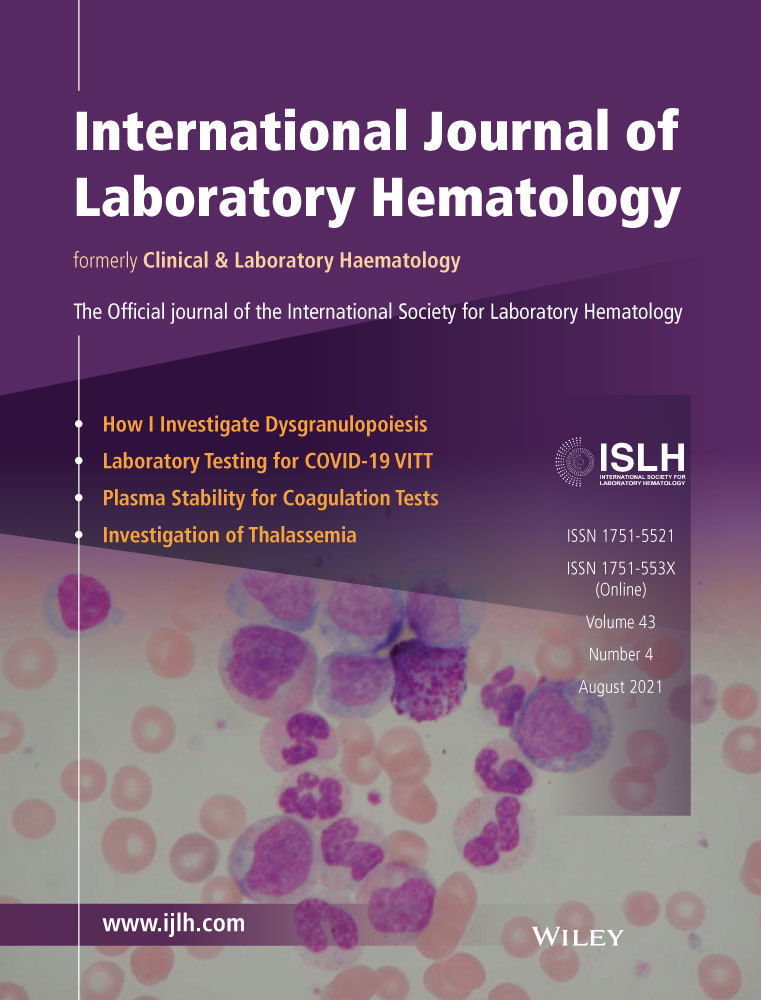An assessment of the adequacy of iron deficiency anaemia management in the Namibian private healthcare system
Abstract
Introduction
Anaemia, a condition characterized by reduced oxygen-carrying capacity, is a widespread public health problem with major consequences for human health as well as social and economic development. Prompt and accurate diagnosis as well as effective management of iron deficiency anaemia (IDA) is important to prevent the undesired adverse clinical outcomes.
Methods
The purpose of the study was to assess the adequacy of IDA diagnosis and management within the Namibian private healthcare system. In this study, we used a quantitative, descriptive research design and data collection methods. The design was also nonexperimental in nature, employing a survey instrument to collect data. In total, 51 questionnaires were administered to private medical practitioners.
Results
The surveyed medical practitioners used different Standard Treatment Guidelines (STGs) in managing IDA cases, with the majority (76.5%) using the Namibia STGs. The other guidelines and their usage rates were as follows: World Health Organization guidelines (39.2%), Standard Treatment Guidelines and Essential Medicine List for South Africa (19.6%) and Essential Medicine List and Standard Treatment Guidelines for Zimbabwe (19.6%). Most of the medical practitioners used Namibian STGs although others used other treatment guidelines at their discretion.
Conclusion
The study concluded that medical practitioners follow different guidelines and reference documents when dealing with patients with suspected IDA. Adherence to a single reference document would enable standardization of clinical practice. Management of IDA in the Namibian private healthcare system could be improved. To ensure adequate IDA management and prompt resolution of iron deficiency anaemia, we recommended the need to review the Namibia Standard Treatment guidelines and to ensure that training on the guidelines is offered.
CONFLICTS OF INTEREST
None.
Open Research
DATA AVAILABILITY STATEMENT
The data that support the findings of this study are available from the corresponding author upon reasonable request.




